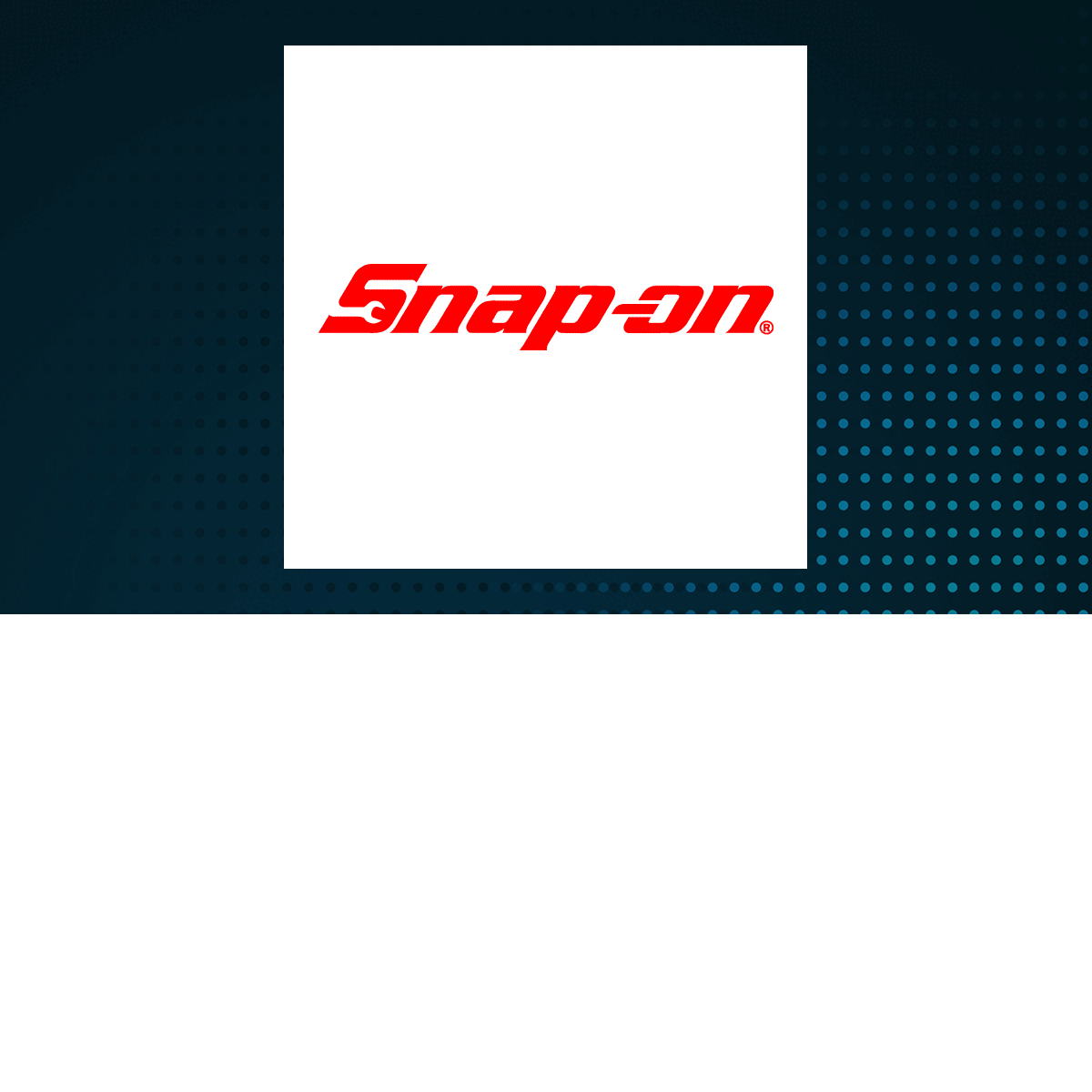 Snap-on plans to continue its growth trajectory by investing in capital expenditures and expanding into new markets. With a focus on coherent growth and leveraging capabilities in critical industries, the company aims to enhance sales and profitability in 2024. The forward-looking guidance underscores Snap-on’s commitment to long-term competitiveness and strategic expansion, positioning itself to capture opportunities in automotive repair and adjacent markets while effectively managing tax rates and operational risks. This proactive approach reflects the company’s resilience and strategic vision for sustained success in the evolving business landscape.
Snap-on plans to continue its growth trajectory by investing in capital expenditures and expanding into new markets. With a focus on coherent growth and leveraging capabilities in critical industries, the company aims to enhance sales and profitability in 2024. The forward-looking guidance underscores Snap-on’s commitment to long-term competitiveness and strategic expansion, positioning itself to capture opportunities in automotive repair and adjacent markets while effectively managing tax rates and operational risks. This proactive approach reflects the company’s resilience and strategic vision for sustained success in the evolving business landscape.
Executive Summary
Financials
Financial services revenue has been increasing steadily over the past three years, with a 7.6% growth in the first quarter of 2024 compared to the previous year. This growth is primarily driven by the size of the financial services portfolio and the average yield on receivables. Operating expenses have decreased from (325.8) to (329.8) and financial services expenses have also decreased from (31.3) to (26.3). There seems to be a significant change in the cost structure with a decrease in both categories. The company’s net income margin improved to 9.5% in the first quarter of 2024 from 8.9% in 2023. This improvement outperforms industry peers.
Management Discussion and Analysis
Management has implemented strategies such as refining brand and franchise strategies, introducing new products, and pursuing acquisitions to drive growth and profitability. The success of these initiatives is not explicitly stated in the context information. Management assesses the company’s competitive position by considering market fluctuations, supply chain inefficiencies, trade disruptions, and economic factors. They highlight risks related to acquisitions, inflation, raw material price fluctuations, and cyber incidents. Major risks include regulatory changes, reputational damage, infectious diseases, and external events. Snap-on is monitoring and adapting to these risks. They disclaim responsibility to update forward-looking statements and highlight the impact of GAAP on reported results. Reserves are set up for potential contingencies.
Key Performance Indicators (KPIs)
Risk Assessment
Price fluctuations, global economic conditions, supply chain disruptions, energy availability, natural disasters, cyber incidents, labor challenges, regulatory changes, litigation costs, infectious diseases, and world events like terrorism and civil unrest are key external risks facing Snap-on’s operations and financial performance. SNA assesses and manages cybersecurity risks by monitoring potential reputational damages, government actions, and global events beyond its control. This includes addressing new requirements, legislation, and regulations while preparing for the impact of infectious diseases and other unforeseen disruptions. Snap-on is subject to legal disputes but believes they won’t materially affect financials. A $11.3 million benefit from a legal matter was noted in earnings, with ongoing litigation managed cautiously.
Corporate Governance and Sustainability
The composition of the board of directors is not provided in the text. There are no notable changes in leadership or independence mentioned. SNA does not address diversity and inclusion or commitment to board diversity in the provided context information. The report discloses sustainability initiatives such as addressing climate change and infectious diseases’ impacts. Snap-on demonstrates commitment to responsible business practices by acknowledging reputational damages, government regulations, and uncontrollable events like terrorist disruptions.
Forward Guidance
The company’s forward-looking guidance aligns with its strategic initiatives by emphasizing coherent growth, expanding customer base, and increasing capital expenditures. It also addresses key priorities such as leveraging capabilities, entering new markets, and managing tax rates effectively. Snap-on plans to capitalize on industry trends by expanding its professional customer base in automotive repair and adjacent markets. It aims to leverage its capabilities and make ongoing progress for coherent growth, especially in critical industries where failure costs are high. Yes, Snap-on expects to make ongoing progress in 2024 by investing in capital expenditures and expanding into new markets to enhance sales and profitability. This demonstrates the company’s commitment to long-term growth and competitiveness.
For more information:
This article was created using artificial intelligence technology from Klickanalytics.
